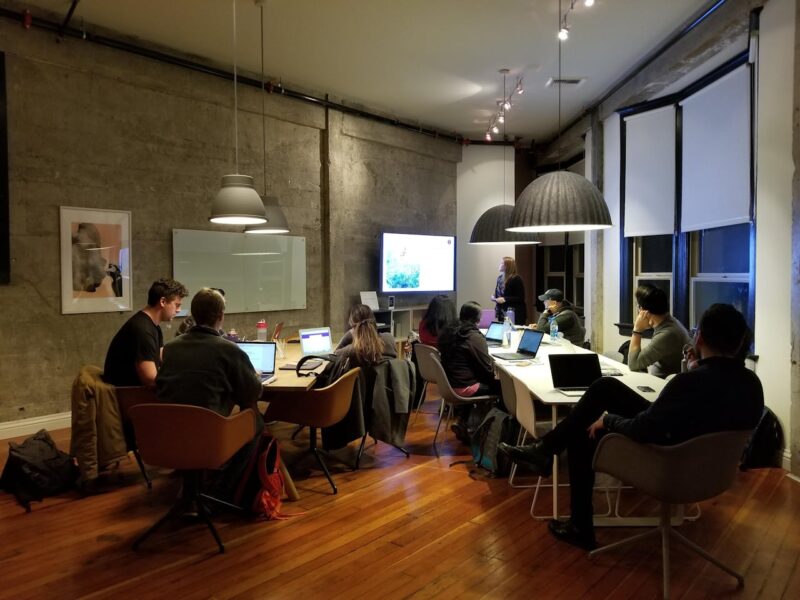Using an Offshore Development Center to Support Platform Engineering Initiatives
Why Platform Engineering Needs Scalable Support
Understanding Platform Engineering and Its Growing Importance
Platform engineering is an emerging discipline focused on building and maintaining internal platforms that streamline software development and operations. These platforms typically include reusable tools, services, and workflows designed to enhance developer productivity, standardize infrastructure, and improve deployment reliability.
As organizations grow, so does the complexity of managing infrastructure, continuous integration and delivery (CI/CD) pipelines, and internal development tools. Platform engineering addresses this challenge by creating consistent, scalable environments that reduce friction for development teams.
However, developing and sustaining these internal platforms requires a high level of technical expertise and a significant investment of engineering resources. For many companies, especially those focused on rapid innovation, internal teams may struggle to balance platform work with product development. This is where scalable support becomes essential.
The Role of an Offshore Development Center in Platform Engineering
An offshore development center (ODC) is a dedicated, remote team that works exclusively on a client’s software initiatives. In the context of platform engineering, an ODC can provide the specialized skills and additional capacity needed to build and maintain internal platforms without overburdening in-house teams.
Countries such as Vietnam, India, and Poland are known for their strong engineering talent pools and competitive costs. Engineers in these regions often have experience with DevOps practices, infrastructure as code (IaC), cloud-native development, and automation—all critical components of platform engineering.
By partnering with an ODC, companies can accelerate the development of internal platforms, ensure continuous improvement, and free up internal teams to focus on strategic product initiatives. This model creates a balanced approach to scaling engineering capabilities.
How an Offshore Development Center Supports Platform Engineering
Building Internal Developer Platforms
A core responsibility of platform engineering is the creation of Internal Developer Platforms (IDPs). These platforms abstract the complexity of infrastructure and provide developers with self-service tools for building, testing, and deploying applications.
Offshore development centers can play a pivotal role in designing and implementing IDPs. Leveraging tools such as Kubernetes for container orchestration, Terraform for infrastructure provisioning, and Jenkins or GitHub Actions for CI/CD, offshore teams can build robust platforms that enhance developer autonomy.
Additionally, offshore engineers can develop self-service portals and templates that allow internal teams to spin up environments, deploy services, and monitor applications with minimal operational overhead. This reduces bottlenecks and accelerates software delivery cycles.
With a dedicated offshore team, organizations can continually iterate on platform features, incorporate feedback from developers, and evolve the platform to meet changing needs—all while maintaining focus on core business objectives.
Automating Infrastructure and Operations
Automation is at the heart of platform engineering. Offshore development centers can contribute by automating infrastructure provisioning, configuration management, and deployment processes using tools like Ansible, Pulumi, and Helm.
These teams can also implement observability solutions—such as Prometheus for monitoring, ELK Stack for logging, and OpenTelemetry for tracing—that provide developers with real-time insights into system performance and health.
Many offshore engineers bring valuable experience from working with diverse clients and complex systems. This exposure enables them to recommend scalable architectures, implement best practices, and ensure high availability and resilience in platform components.
Offloading infrastructure and operations tasks to an ODC reduces the burden on internal teams, allowing them to focus on innovation and strategic platform enhancements.
Enhancing Security and Compliance
Security is a foundational element of any internal platform. Offshore development centers can help integrate security into the development lifecycle through practices like automated vulnerability scanning, secrets management, and the use of secure coding standards.
They can also assist in implementing role-based access control (RBAC), identity and access management (IAM), and audit logging to ensure that platforms meet internal and external compliance requirements.
By working closely with security and compliance teams, offshore engineers can embed governance into the platform from the start, reducing risk and ensuring regulatory alignment—whether it’s GDPR, SOC 2, or HIPAA.
With proper oversight and communication, offshore teams can become trusted partners in building secure, compliant, and resilient internal platforms.
What to Consider When Setting Up an Offshore Development Center
Choosing the Right Location and Talent
Selecting the right location for your offshore development center is a strategic decision. Countries like Vietnam, Ukraine, and the Philippines have become popular destinations due to their growing tech ecosystems, skilled talent pools, and favorable business environments.
When evaluating potential partners, prioritize teams with a strong background in DevOps, cloud infrastructure, and automation. These skills are essential for contributing effectively to platform engineering projects.
Additionally, consider factors such as English proficiency, cultural compatibility, and time zone overlap. These elements influence collaboration quality and the ability to integrate offshore teams into your existing workflows.
Managing Collaboration and Integration
For an offshore development center to be successful, it must function as a seamless extension of your in-house team. This requires clear communication protocols, shared documentation, and regular synchronization.
Utilize collaboration tools like Slack for real-time communication, Jira for task tracking, and Confluence for documentation. These tools help maintain transparency and ensure everyone is aligned on project goals and progress.
Define roles, responsibilities, and key performance indicators (KPIs) for the offshore team. This creates clarity, fosters accountability, and helps measure the impact of the ODC on platform engineering outcomes.
Investing in onboarding and continuous training ensures that offshore engineers understand your architecture, tools, and standards. This alignment is crucial for maintaining consistency and quality across platform components.
What’s Next?
Scaling Your Platform Engineering Strategy with Offshore Support
As your platform engineering efforts mature, an offshore development center can provide the flexibility and depth needed to scale effectively. Start by identifying areas where offshore teams can deliver immediate value—such as automating infrastructure, enhancing observability, or building developer tooling.
Develop a roadmap that includes both short-term wins and long-term platform goals. This ensures that your ODC remains aligned with your strategic vision and contributes meaningfully to your engineering ecosystem.
With the right structure, tools, and communication practices, your offshore development center can evolve into a strategic partner—enabling faster innovation, improved developer experiences, and more resilient internal platforms.
By combining global talent with a clear engineering strategy, organizations can accelerate platform engineering initiatives and empower their teams to build and ship software more efficiently.




